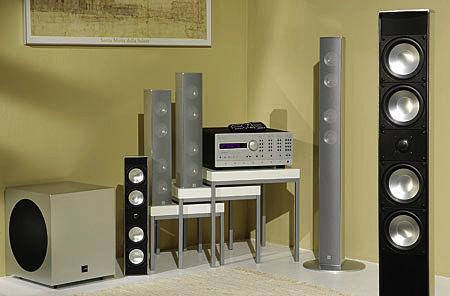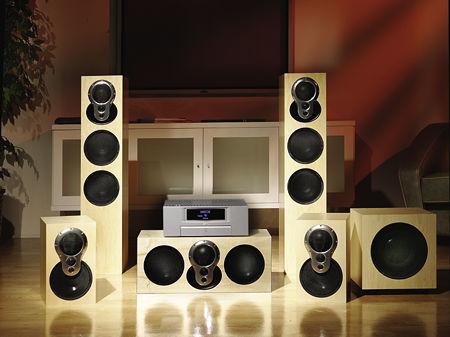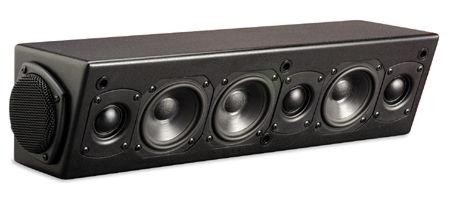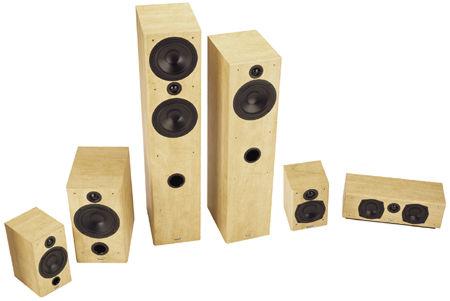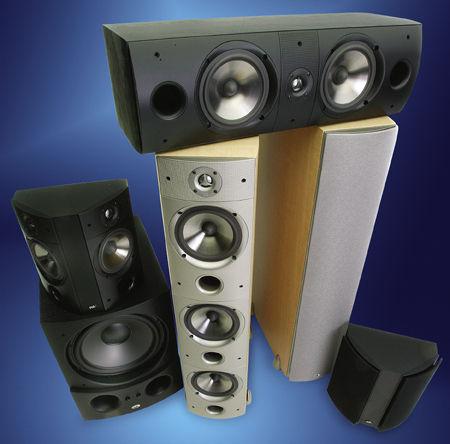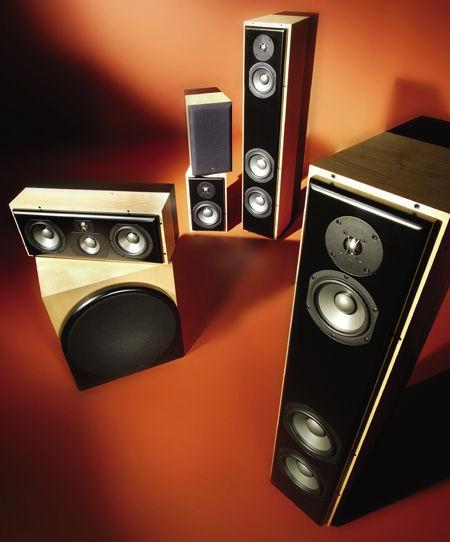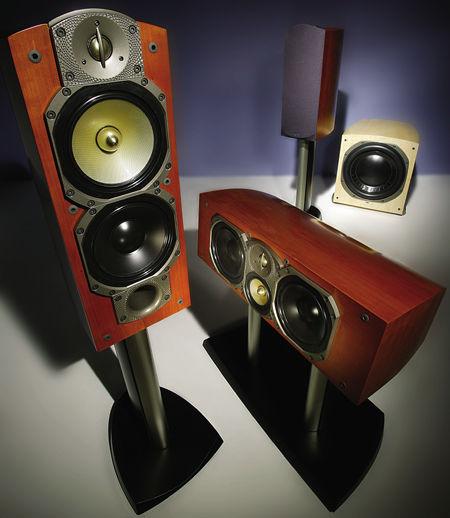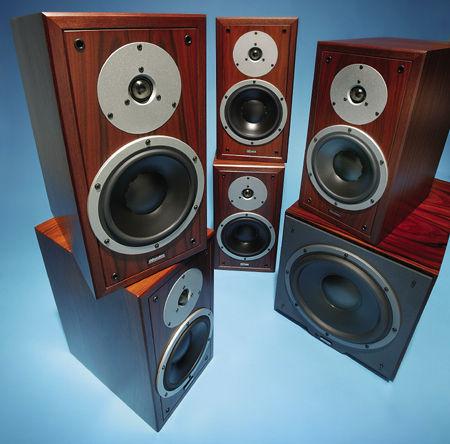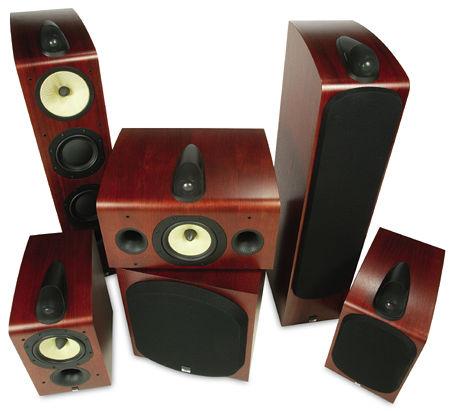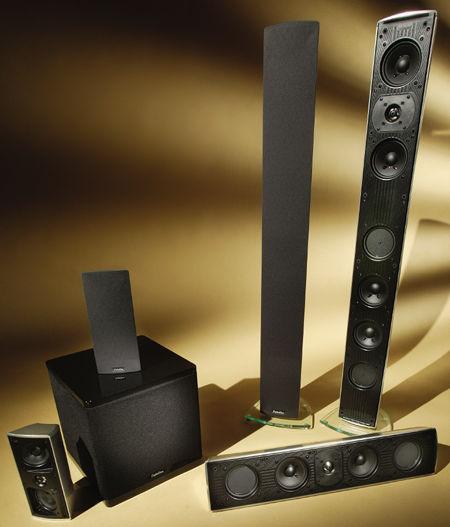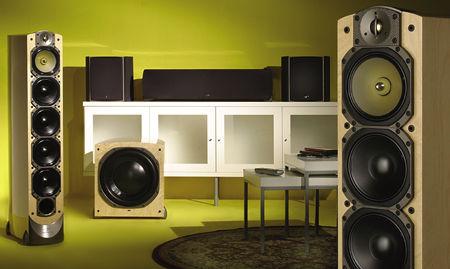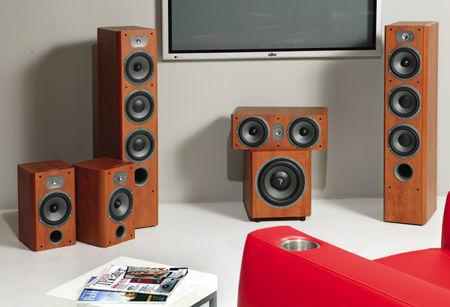Tower Speaker Reviews
Sort By: Post Date TitlePublish Date
|
Feb 20, 2005
|
Feb 15, 2005
|
Feb 15, 2005
|
Jan 18, 2005 |
First Published: Jan 19, 2005
|
Dec 15, 2004
|
Dec 15, 2004
|
Dec 15, 2004
|
Dec 15, 2004
Anthony Gallo Acoustics Reference 3 Speaker System and Arcam AVR300 A/V Receiver and DV79 DVD Player
|
Dec 14, 2004 |
First Published: Dec 15, 2004
|
Nov 05, 2004
|
Oct 17, 2004
|
Oct 15, 2004
|
Oct 15, 2004 |
First Published: Oct 01, 2004
|
Oct 15, 2004 |
First Published: Oct 01, 2004
|
Sep 18, 2004 |
First Published: Sep 01, 2004


